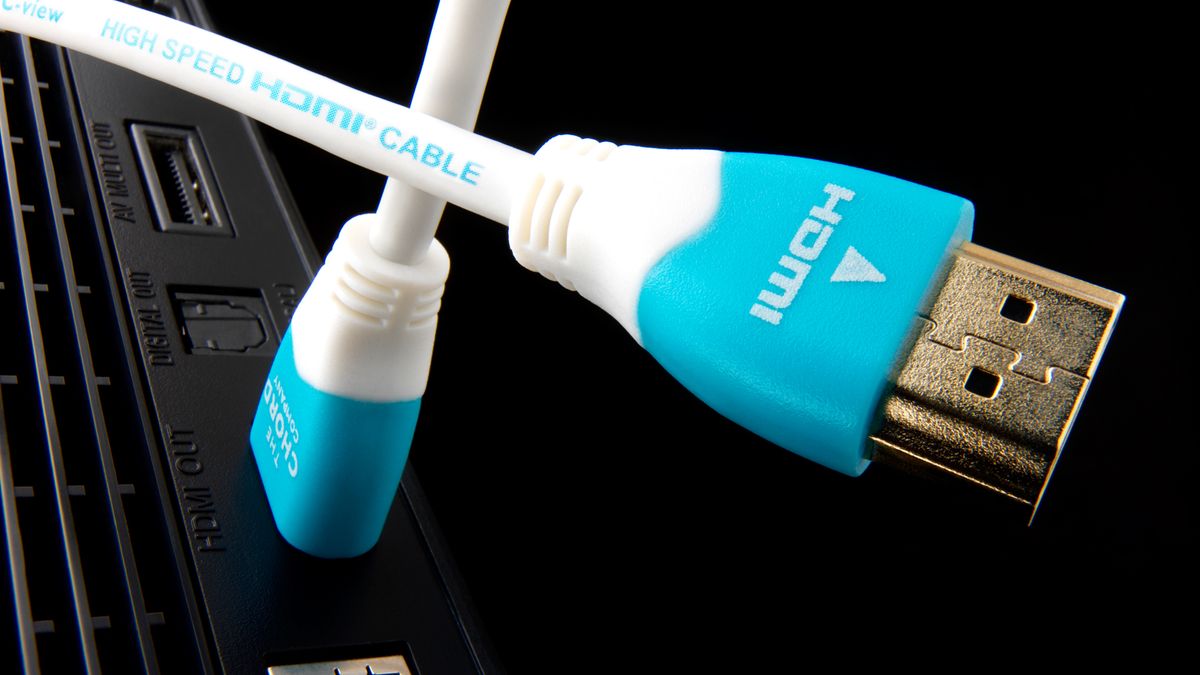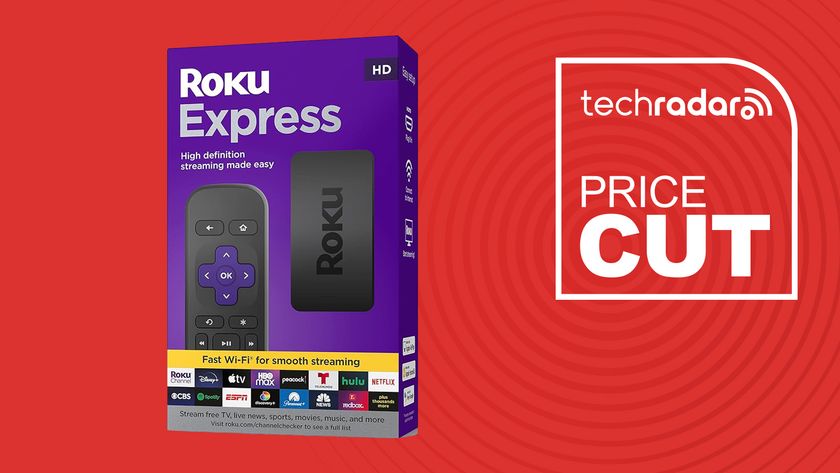HDMI 2.1 is here to support 10K – now your TV just needs to
Talk about the early bird

We're still a ways off from the days when 4K becomes the definite display resolution standard, but if you're already pining for the days when 10K becomes the norm, you'll be happy to know there's already a cable waiting for you.
Today the HDMI Forum officially established the new HDMI 2.1 standard, a new specification that offers support for both 10K resolution and Dynamic HDR, as well as faster refresh rates of 60Hz and 120Hz for 4K. This is big, as the focus was merely on 8K resolution when we first dropped the news.
The specification for HDMI 2.1 also includes features that will make gamers happy, such as Variable Refresh Rate (VRR) that irons out display lag and Quick Frame Transport (QFT), which reduces latency.
It also supports Auto Low Latency Mode (ALLM), which automatically drops to the best latency for ideal viewing, and Quick Media Switching (QMS), which drastically reduces the time you'll see a blank screen while switching between media.
Good stuff all, and fortunately HDMI 2.1 is also backwards compatible with current HDMI-compatible units. This means that everyone benefits, whether it's our future selves watching The Avengers VI in 10k or our older units that want to partake in the current stuff.
The devil is in the details
It's easy to flag 8K resolution as the flagship feature of the HDMI 2.1 spec - it's a huge, sexy number that, if we're being honest, we're nowhere near supporting.
Instead, HDMI 2.1 has a bunch of subtle specs that may not be as sexy as 8K, but have the potential to actually impact picture quality.
Get daily insight, inspiration and deals in your inbox
Sign up for breaking news, reviews, opinion, top tech deals, and more.
One of those, very obviously, is a higher frame rate support - namely, 4K at 120 frames per second. This means gamers clamoring for smoother gameplay at Ultra HD resolutions will finally have it.
Dynamic HDR is the idea that metadata is provided from the source material to the display on a scene-by-scene basis, rather than once per title. This means scenes can more natively adapt to the image information. In practice that means scenes can be exceptionally bright one minute, and pitch black the next.
Long story short? The devil's in the details.
- Interested in a new flatscreen? These are the best 4K TVs of 2017
Most Popular







